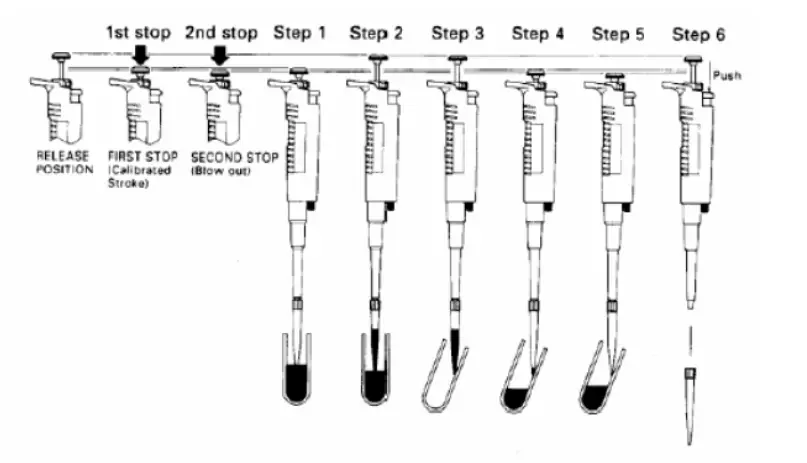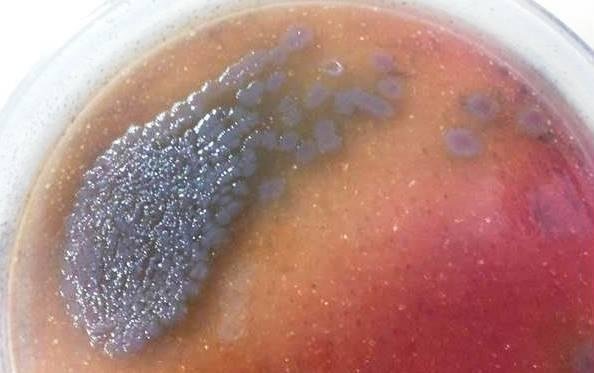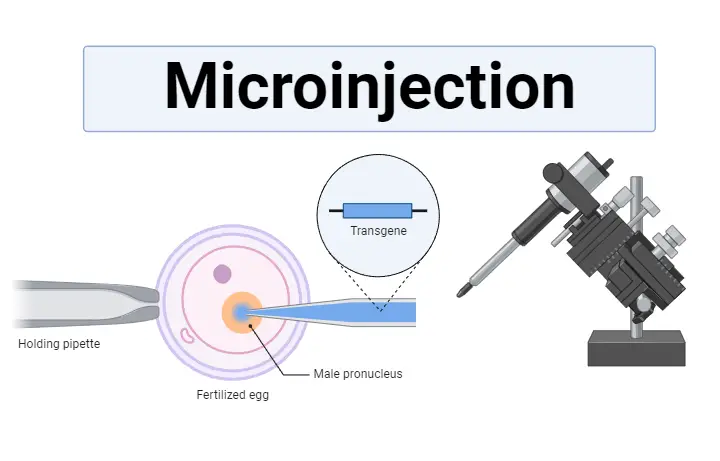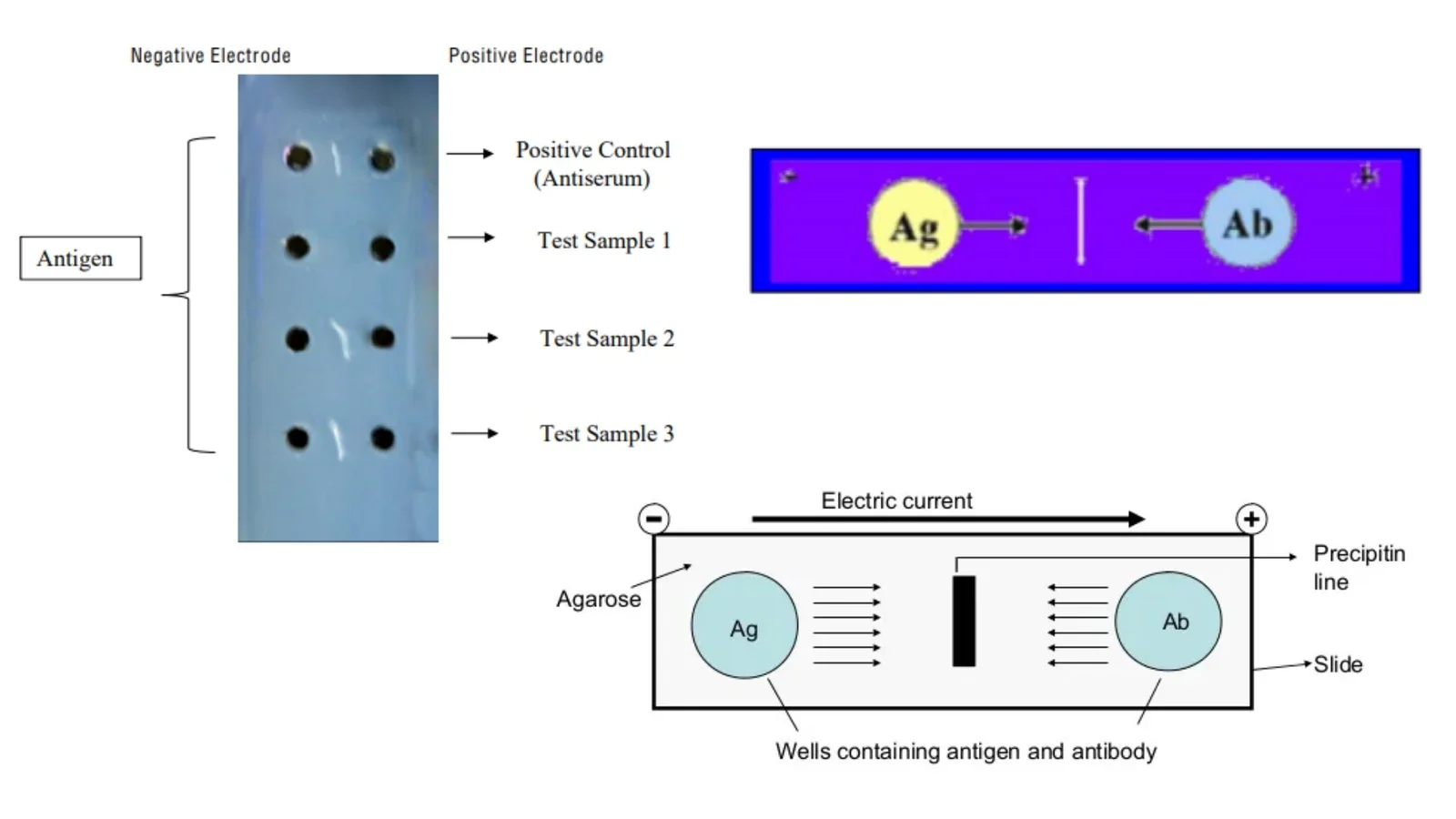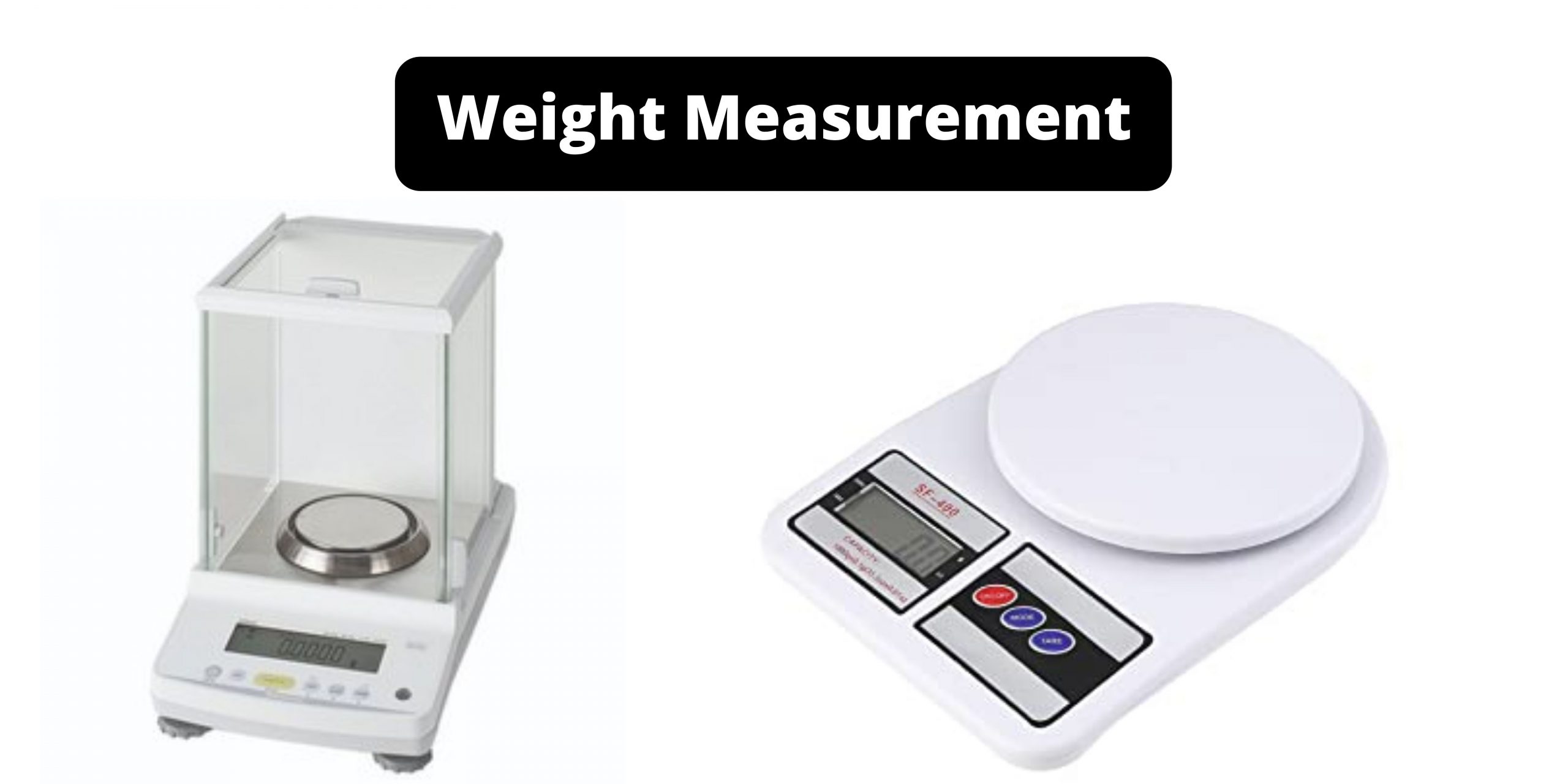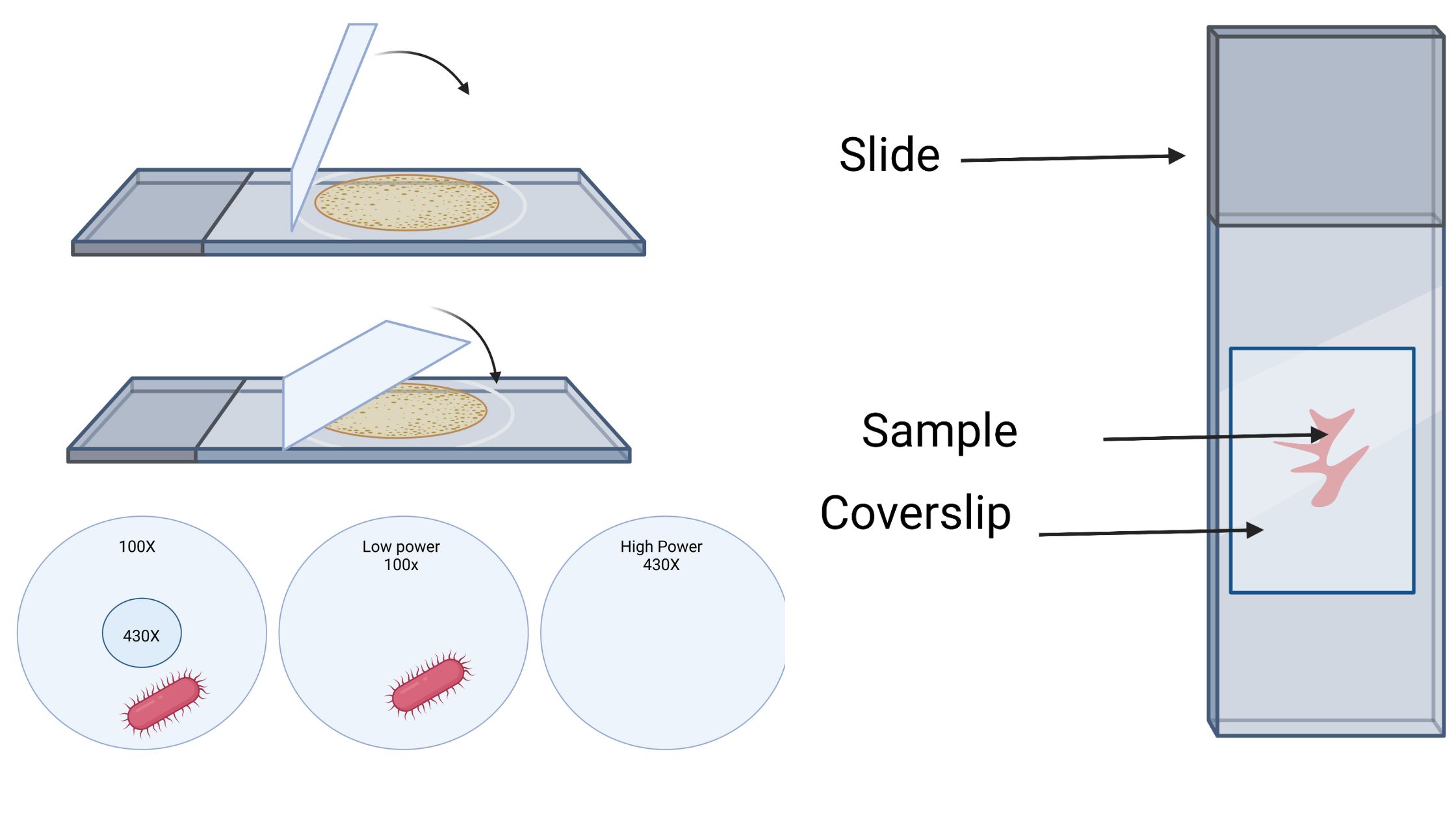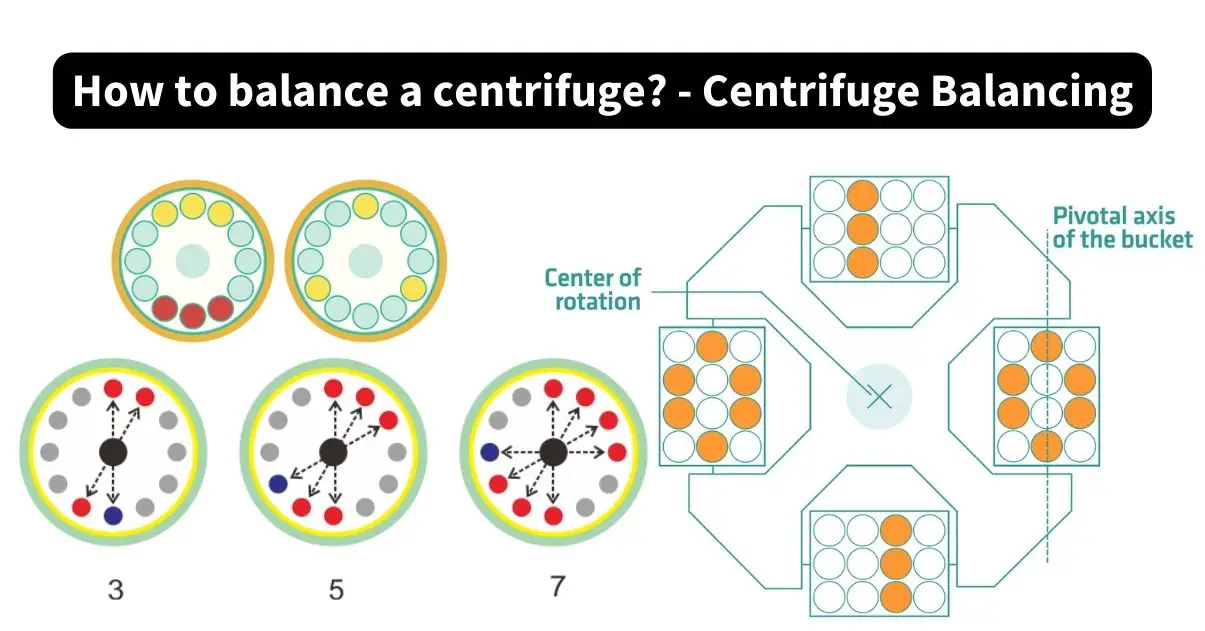How to Use a Micropipette?
Standard laboratory equipment for measuring and transferring minute amounts of liquid includes micropipettors. You’ll put them to use all through the semester and into subsequent upper-level courses. If you want reliable results from your tests, you must become an expert user of these tools. Objective Parts of a micropipette Different sizes of micropipettes The laboratory’s … Read more
